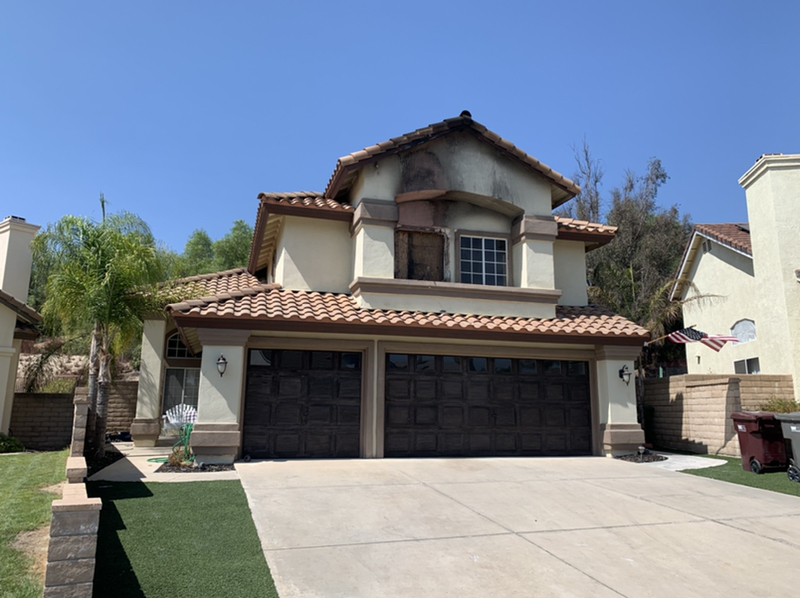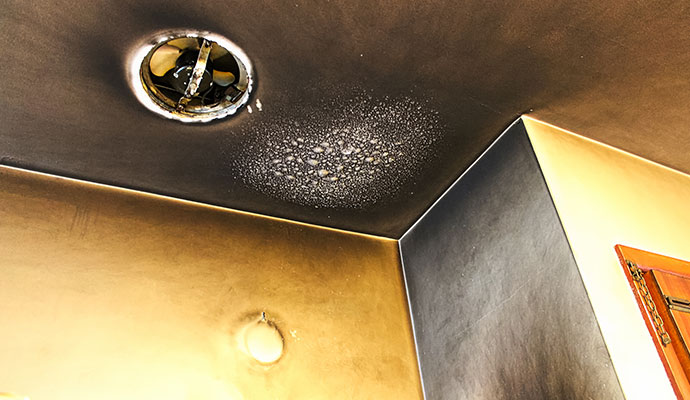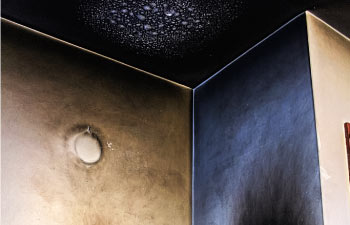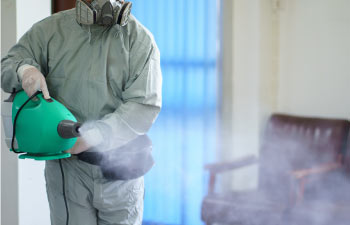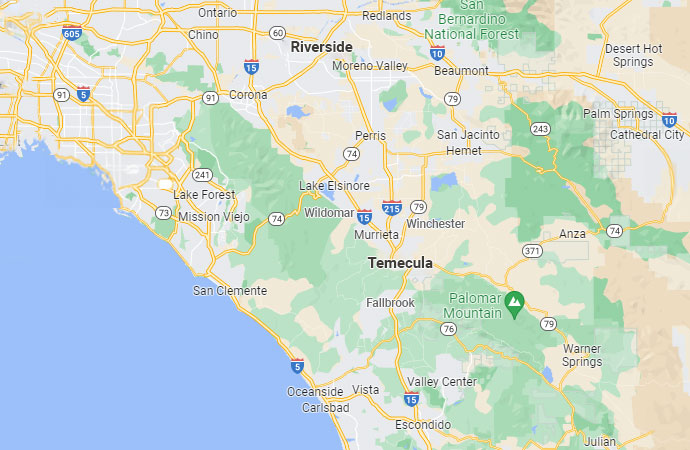Fire Restoration | Smoke Damage Repair Near Me | Fire Damage Repair
Fire restoration and smoke damage
The annual foreboding of “fire season” is all too familiar to California residents. The term itself can elicit a sinking feeling in us all and can easily create an immediate reaction when we hear the words “Santa Ana winds”. And while this is a real occurrence, it has in years passed been played down by media outlets and quite simply, those that don’t live with this annual affliction but sadly as the fires and effects increase, the danger is very real and very readily reported these days.
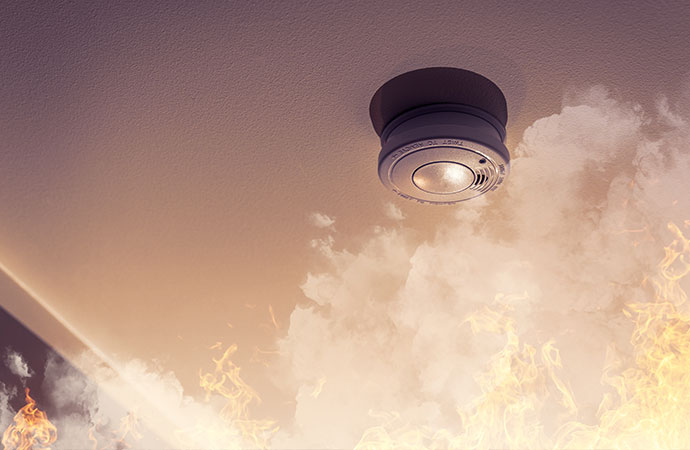
While we know some things to do to prevent a fire, the vast majority of action for prevention, is absolutely out of our hands. In this circumstance, the course of reaction, may be our only course of action as it is. And while action in this case is reactionary it is still a necessary plan at its foundation. The course of action first and foremost as a homeowner is to know your resources. The resources you have at hand will make the difference in the speed at which repair is put into motion.
Smoke damage may be one of the single most dangerous elements of a fire. And in many cases, the single most toxic element of a passing fire. A passing fire in many cases, can cause zero foundational damage while at the same time cause substantial environmental damage to a home. The residual effects being a mixture of toxic residue embedded in the structure and the surface elements of a home. Many residues that remain can be further altered from their original state due to the methods utilized in putting out a fire. Residual elements and effects can penetrate a home without the flames of a fire ever doing so themselves. The air simply carried into the home can cause significant damage. Dangerously, this damage may not be visible but most certainly can be inhaled. The most substantial health threat from smoke is from fine particles. These microscopic particles can penetrate deep into your lungs, which makes this component a viable threat and health risk.
Whether the action is precaution or reaction, knowing your resources will make all the difference in the aftermath of fire damage. A trusted resource for assessment and repair is a vital element in the process. First and foremost, is the necessity for experience, knowledge and understanding of the health risks. Before anything can begin, a qualified assessment of health risk must be done. This is the single most important element of the restoration process. From the position of health risk then falls in line the scope of repair. And while no two fires are identical, neither are the damages that they leave behind. A series of checks and balances that are definitely not to be taken lightly.


